“5G will enable the ad industry to power new forms of immersive ad experiencesâ€
Fifth-generation wireless technology is finally, if slowly, becoming a reality after years of expectation. Although 5G networks are not yet widely available, most media and marketing professionals believe they will someday change the way entertainment, sports, and news are generated, disseminated, and consumed. When fully realised, 5G networks will open up a slew of new possibilities for streaming video, live events, gaming, and other immersive and interactive experiences.
They will also pave the way for new approaches to tailored marketing and advertising. 5G alters the game by giving access to sophisticated AR experiences, facilitating the metaverse, simply connecting more people more frequently, and allowing everything to operate at higher rates. It is not surprising that more than 90% of the marketing professionals globally believe 5G will have an influence on their sector during the next decade.
In an exclusive interview with Adgully, Ruchika Batra, Vice President, Marketing & Communications, Ericsson, elaborates on the emergence of 5G influencing technical giants, challenges and opportunities in India, key milestones achieved by Ericsson, the enormous potential for 5G in gaming, and more.
How important has India as a market been for Ericsson? What have been some of your key milestones in the country, especially in the past 5 years?
India is a strategic market for Ericsson, and we have been partnering the country through generations of mobility – 2G, 3G, 4G and now getting ready for 5G. Having been in India since 1903, we are also the first company to manufacture telecom equipment in India for domestic players as well as exporting to other parts of the world. Our advanced manufacturing facility is located in Chakan, Pune and today, most of the hardware deployed in our customers’ networks are ‘Made in India’.
We have established a Global Artificial Intelligence Accelerator (GAIA) in Bengaluru, and are leveraging cutting edge AI and automation technologies to create data-driven, intelligent, as well as advanced solutions for our customers.
Our Ericsson radio solutions, introduced in India in 2015, are 5G ready and we are well prepared to support Indian service providers in their journey from 4G to 5G.
We have been working with our operator partners, enterprises as well as the academic community to test and curate various 5G use cases that would be relevant for the country. At the India Mobile Congress 2019, Ericsson and Bharti Airtel took the lead to demonstrate the reliability, speed, as well as low latency of 5G through the Connected Music use case. Apart from this, along with Bharti and Qualcomm, we showcased India’s first-ever live 5G video call using a 28 GHz spectrum.
Some of the recent 5G milestones that Ericsson has achieved over the past few years include – collaborating with Airtel to demonstrate 5G on a live network in Hyderabad, enhanced speeds of over 1 GBPS at a live 5G network that we set up at Cyber Hub in Gurgaon and conducting India’s first rural 5G trial. In the rural trial, we demonstrated the potential of 5G to bridge the digital divide with network coverage of over 10 km through a single 5G site with both FWA and mobile devices.
Ericsson enabled Bharti Airtel to successfully conduct India’s first cloud gaming session in a 5G environment at Manesar. We also partnered with Vodafone Idea Ltd (VIL) to showcase the power of 5G to revolutionise the healthcare sector in India. We demonstrated how 5G connectivity can provide access to healthcare in remote parts of the country by enabling remote diagnostics. Based on the high data speed, low latency, and reliability of 5G, a doctor located in an urban location can carry out an ultrasound scan on a patient who is in a remote rural location. We have also demonstrated blazing speeds of 4 Gbps and in partnership with Vi in November 2021. In fact, as of last week, Ericsson and Vi demonstrated a top download speed of 5.92 Gbps during the ongoing trials in Pune.
Since you are heading the marketing function at Ericsson, a B2B company, and were previously associated with a B2C company, what is the difference between marketing a B2B and B2C technology?
There are similarities as well as differences between planning a marketing campaign for technology companies in the B2B and B2C domain. The primary difference lies in terms of the audiences and how one communicates with them. B2B marketing and lead generation campaigns focus on building strong client relationships that drive long-term business.
Since the decision-making cycle in B2B is longer, one has to move the customer along the buyer journey, from the top of the funnel and awareness stages through to the buying decision stages, based on a highly integrated and lead generation-based marketing funnel. Thus, the relationship building in B2B marketing, especially during the buying cycle, is crucial and overall, more personalised.
For the B2C audience, marketing campaigns are much broader and aimed at triggering quick purchasing by customers. Of course, in both cases one has to drive the purchase decision basis the value of the product or solution.
What, according to you, are some of the challenges and silver linings in the Indian telecom sector?
We strongly believe that 5G will open the next phase of socio-economic development for India, and government regulations, investments, as well as the device ecosystem all play a critical role in the successful 5G deployment and its proliferation.
For ubiquitous 5G network coverage, it is vital that more spectrum bands and suitable blocks are made available to telecom operators at a reasonable price. This will help telecom operators to make additional capital for subsequent investment in network deployment. Additionally, we expect the availability and affordability of devices to grow, thus enabling a robust uptake of 5G in the country.
The growing momentum in 5G innovation is based on its potential to serve diverse use cases through performance, edge computing, network slicing, and inherent security. In the future, 5G will give innovators an open network platform that offers all the benefits of past technology generations – resilience, robustness, and security, among many others – while also being intended for innovation and global scale. According to Ericsson’s ‘5G for Business - A 2030 market compass’, the global addressable industry digitalisation market for service providers is expected to reach $700 billion by 2030. The estimated value of 5G-enabled digitalisation revenues for service providers in India is $17 billion.
So, we see a lot of potential in the Indian market and believe that Indian consumers and enterprises can really benefit from 5G.
How is the emergence of 5G expected to influence the marketing strategies of the tech giants?
As the digital landscape advances, businesses are also bound to adopt new ways to communicate with their customers. With deep Internet penetration and technological developments, it is not surprising that digital marketers are making the most effective use of emerging and immersive technologies.
5G will enable the advertising industry to power new forms of immersive ad experiences using technologies such as Virtual Reality (VR) and Augmented Reality (AR). Given high speed and low latency features of 5G, advertisers will focus on providing more creative experiences as well as leverage various ad formats to be more engaging for customers. 5G will be invaluable in this era as it is a platform of innovation. For instance, brands can use VR to show 360-degree view of a product from the convenience of your phone or even launch products or conduct concerts through celebrity holograms and much more.
Furthermore, 5G’s faster speeds will not only improve the processing ability of handsets, but also enable a richer user experience and revolutionise content accessible to an average Indian user. Ongoing democratisation of entertainment through gaming, OTT video platforms, short video/ content consumption applications will see rapid surge and eventually own consumers’ time spent on devices, especially mobile. Marketers will need to be mindful of the shift when they are planning and designing media mix in future.
Are the Indian consumers ready for paying a premium fee for 5G services?
Yes, Indian consumers are quite enthused about 5G and are willing to pay a premium for the new 5G capabilities. According to an Ericsson ConsumerLab study, at least 40 million smartphone users in India could adopt 5G in the first year of its availability, with consumers willing to pay 50 per cent more for 5G plans with bundled digital services, compared to just 10 per cent premium for 5G connectivity. Further, the Ericsson Mobility Report reveals that 5G will represent around 39% of mobile subscriptions in India at the end of 2027, estimated at about 500 million subscriptions.
5G networks are opening a much larger market for new gaming services such as multiplayer mobile gaming tournaments. How is Ericsson working towards the gaming community?
With the increasing adoption of smartphones, the cloud gaming platforms that can host live multiplayer game have an enormous potential. Telecom operators are at the center to create new revenue streams through cloud based mobile gaming. As per the Ericsson Mobility Report, the gaming industry generated revenues of around $175.8 billion in 2021 globally.
With over 2.6 billion players worldwide, mobile gaming has become the most popular form of gaming. The advent of 5G networks and cloud gaming services on smartphones and tablets will lead to new opportunities for innovation and expansion of the gaming market based on the high speed and reliability features of 5G.
In fact, cloud gaming is an important 5G use case as globally 5G ready users are already spending more time on video content and multiplayer mobile gaming, spending 1.5 hours more per week on enhanced video (4K, 360-degree, live streaming) and 1 hour more per week on playing multiplayer online games as compared to 4G users.
In 2019, Ericsson successfully supported the finals of the first live mobile gaming tournament on Vodafone Italy’s 5G network.



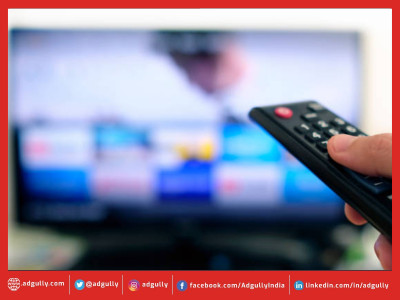

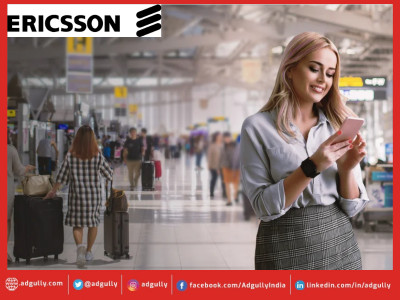
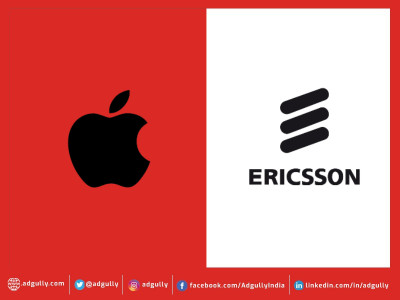

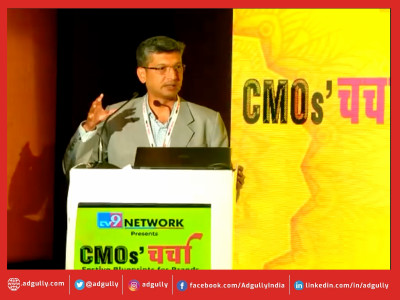
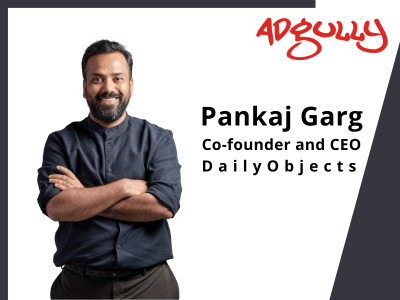
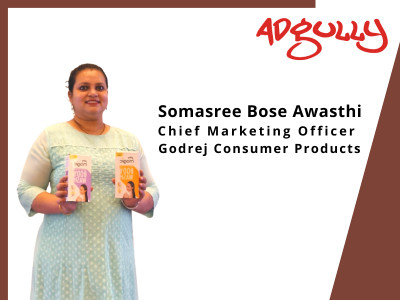
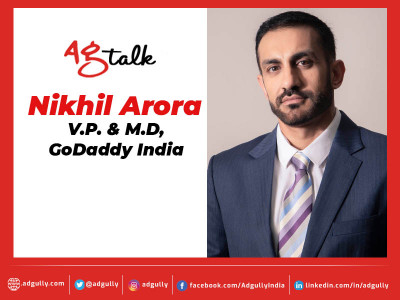
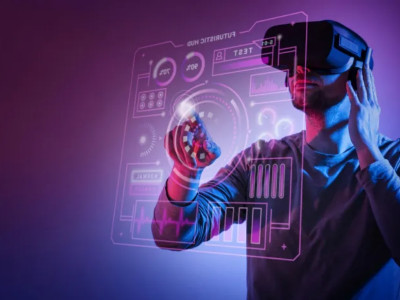

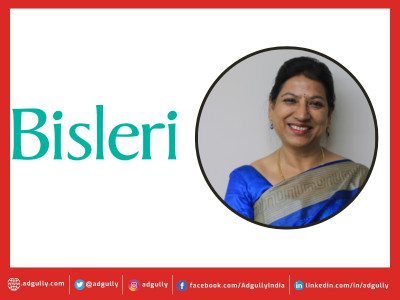


Share
Facebook
YouTube
Tweet
Twitter
LinkedIn